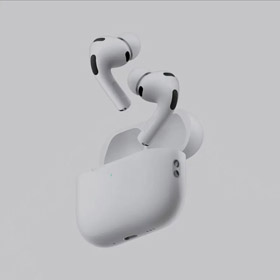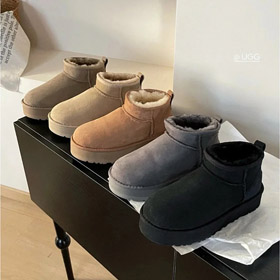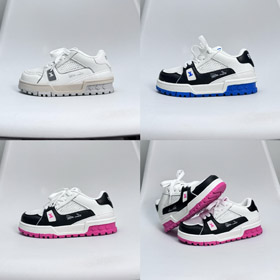Humile Beginnings
Founded in 1856 by 21-year-old Thomas Burberry in Basingstoke, England, Burberry started as a small drapery shop specializing in outdoor attire. Focusing initially on sturdy yet comfortable rural clothing, the brand gained traction among farmers and shepherds who valued durability against England’s harsh weather. By 1879, Burberry revolutionized rainwear with the invention of gabardine—a breathable, waterproof, and tear-resistant fabric. This patented textile became the cornerstone of Burberry’s global success. The iconic trench coat emerged later, inspired by military needs during World War I, featuring epaulets, D-rings, and its signature check lining.
Interestingly, while the brand now epitomizes luxury, Burberry’s product evolution
The Signature Check & Controversies
Burberry’s distinct camel-and-black check pattern, introduced in the 1920s as a coat lining, later morphed into a societal paradox—symbolizing elitism before becoming a victim of its own popularity. Corporate struggles ensued in the 2000s when overexposure diluted exclusivity due to rampant counterfeit versions and "chav" subculture associations. This identity crisis prompted drastic rebranding under CEO Angela Ahrendts, who phased out the checkery in over 90% of products. Investing in digital campaigns like "Art of the Trench" and partnering with innovators like Christopher Bailey repositioned Burberry as a tech-savvy, youthful luxury label.
Currently, Burberry's updated collectionsSustainable Modernity
Post-2010, Burberry embraced ethical pledges—notably banning fur and destroying unsold stock’s common luxury practice—that sparked industry debates. Riccardo Tisci’s 2018 creative directorship fused streetwear motifs (like Tibetan-inspired prints) with classic silhouettes, further redefining codes for a new era. Recent runway shows in lush outdoor locales reinforce a return to nature-related themes, echoing founder Thomas’ original outdoor ethos.




















